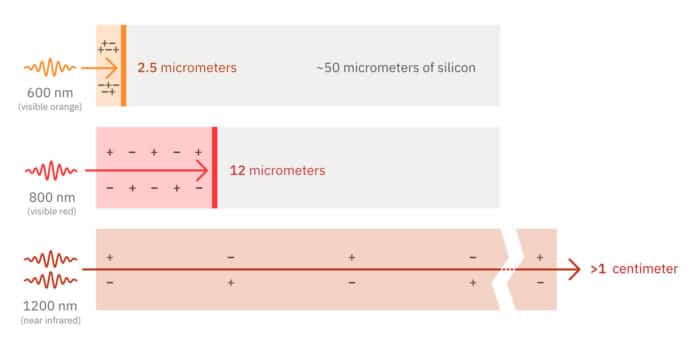Silicon is a very common element — for example, it is the main element in sand and quartz. Today, most semiconductor chips and transistors are created with silicon.
How quickly electric charge moves in silicon?
Scientists from the National Institute of Standards and Technology (NIST) have finally demonstrated the answer. They have made the most sensitive measurements to date of how quickly electric charge moves in silicon, a gauge of its performance as a semiconductor.
For measurements, scientists used a new method that helps them determine the performance of silicon under the circumstances beyond anything- specifically, at ultralow levels of electric charge.
Interestingly, the new method allows scientists to quickly test relatively thick specimens without even touching the silicon sample. It enables the most accurate measurements of semiconductor properties.
The study could act as a foundation for future work focused on making better semiconducting materials for a variety of applications, including potentially improving efficiency in solar cells, single-photon light detectors, LEDs, and more.
Scientists used low-intensity pulsed light in the study. The light was similar to the intensity of light that a solar cell might absorb on a sunny spring day. Thus, scientists believe that the work could potentially find applications someday in improving solar-cell efficiency.
When it comes to determining semiconductor performance of the material, scientists usually assess its conductivity. Although, the alternate way is by measuring its “charge carrier mobility,” the term for how quickly electric charges move around within a material.
Scientists used the terahertz (THz) radiation method for testing charge carrier mobility. It is a rapid, noncontact way to measure conductivity that relies on two kinds of light. First, ultrashort pulses of visible light create freely moving electrons and holes within a sample—a process called “photodoping” the silicon. Then, THz pulses, with wavelengths much longer than the human eye can see, in the far-infrared to microwave range, shine on the sample.
Unlike visible light, THz light can penetrate even opaque materials such as silicon semiconductor samples. How much of that light penetrates or is absorbed by the sample depends on how many charge carriers are freely moving. The more freely moving charge carriers, the higher the material’s conductivity.
Since the THz light completely penetrates the sample, scientists can effectively use this method to study only very skinny silicon samples—on the order of 10 to 100 billionths of a meter thick (10 to 100 nanometers), about 10,000 times thinner than a human hair.
During experimenting with a thin sample, scientists faced the same issues as with the conventional Hall technique—namely, surface defects can skew the results. The thinner the sample, the more significant the impact of surface defects.
The researchers were torn between two objectives: Increase the thickness of the silicon samples, or increase the sensitivity they get from using single photons of light.
The solution? Illuminate the sample with two photons at once instead of one at a time.
By shining two near-infrared photons on the silicon, scientists are still only using a small amount of light. But it’s enough to get through much thicker samples while even creating the fewest possible electrons and holes per cubic centimeter.
NIST’s Tim Magnanelli said, “With two photons being absorbed in once, we can get deeper into the material, and we can see a lot fewer electrons and holes generated.”
Using a two-photon measurement means, scientists can keep the power levels as low as possible, but still, fully penetrate the sample.
By using their noncontact method, NIST researchers found that the plateau occurs at a lower carrier density than previously thought and that the mobilities are 50% higher than measured before.
NIST chemist Ted Heilweil said, “An unexpected result like this shows us things we didn’t know about silicon before. And though this is fundamental science, learning more about how silicon works could help device makers use it more effectively. For example, some semiconductors may work better at lower doping levels than currently used.”
Scientists also experimented with gallium arsenide (GaAs) to demonstrate that their results are not unique to silicon. In GaAs, they found that the carrier mobility continues to increase with lower charge carrier density, about 100 times smaller than the conventionally accepted limit.
The NIST scientists report their results in Optics Express.
